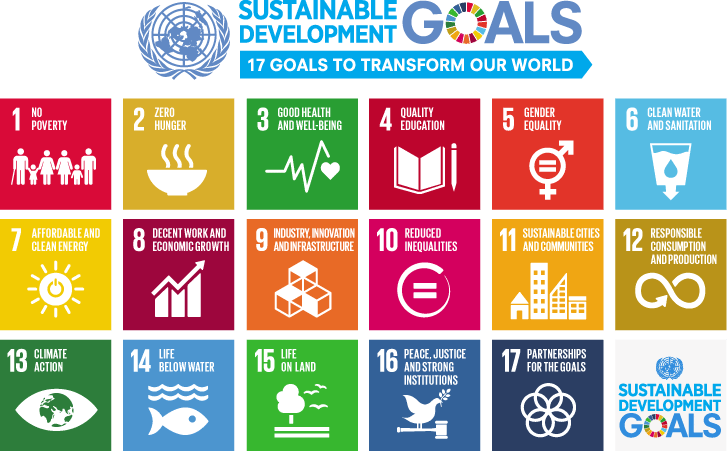Globalisation has changed the way that lawyers interact with each other across borders, and the need for them to do so. In the second half of the 20th century, international law firms expanded their operations from – in particular – the United States, the United Kingdom and Australia, as their clients began to develop more international operations. These international law firms set up offices in selected jurisdictions, initially staffed by international lawyers providing international legal services.
However, it increasingly made commercial sense for them to offer more integrated services to their clients, and they therefore sought to add local legal capability by merging with local law firms, or by bringing local lawyers into their international partnerships. The approach that Bars, or other regulatory authorities, have taken to such partnerships has varied across jurisdictions and over time. The way in which such collaboration can happen has also altered in recent years with increasing use of technology and the growth of legal services markets around the world.
Hook Tangaza has collaborated with independent consultant, Jonathan Goldsmith and the International Bar Association to produce a new handbook for legal sector regulators and bar associations on the practical and regulatory issues that arise when local and foreign lawyers form some kind of ‘association’ or joint practice. The handbook is designed to assist stakeholders to think through the issue of how lawyers from different jurisdictions can work together on an ongoing, formal basis. It is designed to help them strategically consider how they can address any demands for the trade or regulatory liberalisation of ownership in law firms, as well as how collaboration between local and foreign lawyers could be structured in such a way as to promote the development of the local legal profession and justice system. Download the handbook




